- Overview
- Software
- Web Design
- Pricing
- Get Started
- Contact
- Free Demo

1. Leverage Your Private Social Network for Member Growth
During a recent conversation with one of our clients, they shared an exciting insight: the internal social network isn't just a member engagement tool—it’s a powerful engine for membership prospecting.
By integrating gamification elements into the network, associations can incentivize members to actively participate and, more importantly, to invite peers who share an interest in the organization’s mission. These peer invitations act as organic member referrals, often leading directly to new member conversions—all driven by the existing member base.
Beyond this, a private social network offers several other advantages for associations, helping to increase member engagement, develop the community, and enhance communication among members. Read on for more... Does your organization have a formal onboarding process when a new member joins? Have you created a video that walks them through the member portal and all the resources available to them?
Does your organization have a formal onboarding process when a new member joins? Have you created a video that walks them through the member portal and all the resources available to them?  Associations invest a lot of time, money, and resources into planning their annual conferences with the hopes that their event attendees walk away with a great deal of knowledge from the keynote presentation and individual sessions as well as providing their attendees with several networking opportunities.
Associations invest a lot of time, money, and resources into planning their annual conferences with the hopes that their event attendees walk away with a great deal of knowledge from the keynote presentation and individual sessions as well as providing their attendees with several networking opportunities. Without hard work, nothing grows but weeds.
Without hard work, nothing grows but weeds.

Over my many years of consulting, one thing I've noticed about many associations is their desire to do something without the commitment to do it. I call this the "wishlist effect." Allow me to illustrate.
It's not uncommon for a client of mine to say something like the following: "We want to track who our volunteers are. We also want to capture their "behavior" while they are a volunteer. For example, are they showing up for calls or meetings, or are they difficult to work with. Things like that."
I think this is actually a really good idea and a great use of an AMS. One of the values of the AMS is tracking history on individuals. And from a technical standpoint, this would be very easy data to track and manage.
So why doesn't it happen? Because a wishlist is not the same as actually doing the work.
In order for the example above to actually work, two things have to happen: 1) a process has to be developed for how the data is captured; and 2) a person (or persons) have to be made responsible for collecting and managing the data.
Too often what I see happen is the association identifies something they want to do and may even identify how they're going to do it. But they never identify who will be responsible for managing it.
To manage data effectively, it takes more than just wanting to do something; you have to take action on your ideas.
A corollary to that is that good data management also requires discipline. Put another way, once the idea is put into action, in order for it to bear fruit over time, your organization has to have the discipline to continually manage the data over time.
Using last week's example of tracking volunteers' behavior (are they a "good" or "bad" volunteer?), the discipline required is updating the information about the volunteers as you learn it. For example, suppose you have a meeting of the committee and one of your committee volunteers doesn't bother to show for the meeting, or shows up and is clearly unprepared. This would be a good time to update their volunteer record to reflect that.
It requires discipline to remember to update the record, and discipline to actually update the record.
Good ideas are good, and implementing good ideas is also good. But having the discipline to execute those good ideas over time is what will make your data management great.

They will certainly appreciate your generosity, and if you reach out to them right before they graduate (setting an admin reminder in their member profile in your database), they will hopefully convert to a full paying member after graduating and starting their career. Perhaps you can even create a special discounted plan just for them during their first year of membership while they are getting established in their industry and before they start paying for a regular membership plan.
You will, however, need to make it easy for your prospective student members to learn about your organization and its respective benefits by connecting with them where they are at - social media platforms. By utilizing our Multipost feature, you can simultaneously post encouraging content for students to join through Facebook, Twitter, and LinkedIn.
Hannah Carvalho, Senior Editor at Associations Now, shares more ideas in her Approach to Student Engagement: Nurturing Future Leaders article.

As summer comes to a close, it's time to start thinking about how to set up your organization for growth in 2024! If you're ready to begin your acquisition planning for next year, here are a few tips to keep in mind.
Set your goals - and keep them front and center. As you start thinking about what acquisition efforts you'd like to implement, take some time to set clear, realistic goals. Are you looking for X number of new members next year? A percentage growth increase for new members? Whatever goal you set, communicate that goal to everyone in your organization and make it realistic. As you decide on new campaigns or tactics, make sure that each new project directly supports that growth goal in a meaningful way.
MemberLeap’s membership management software can assist your organization with these tasks by:
 Most organizations want to maximize their members’ experiences.
Most organizations want to maximize their members’ experiences.I
But, finding enough competent volunteers to serve as session facilitators at your events can be very challenging.
Why not enlist your trusted members to become event volunteers who can assist your session speakers?
You can allow them to sign up for the sessions they are most interested in. It also gives them a rare opportunity to have a one-on-one with the speakers about topics of interest to them.
By recruiting your younger members as volunteers, it gives them an early start to networking with industry speakers as well as something useful to add to their resume.
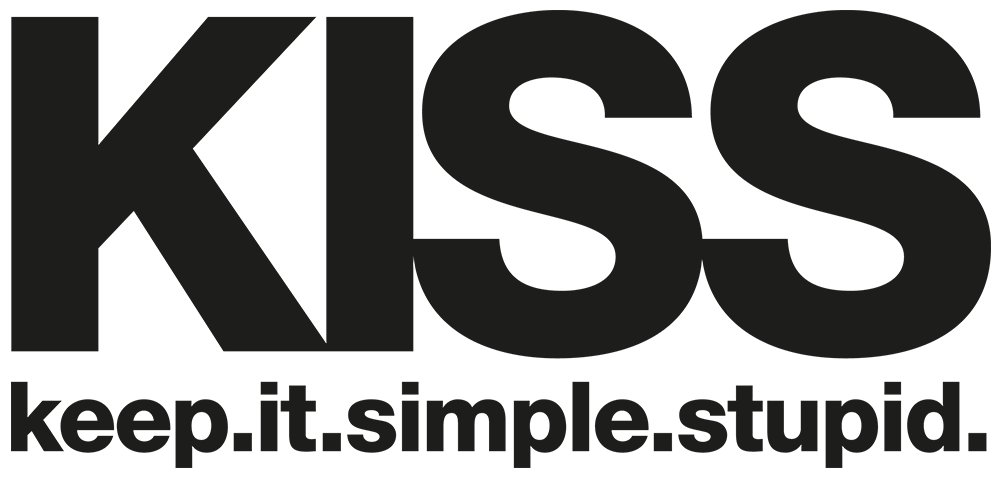
Even if your email’s subject is catchy but clear enough to entice your members to open it, only 20% of your members will probably open your emails.
If they actually open your emails, you only have a few seconds for them to:
If there is content you really, really want them to read, try:
It is also important to know your audience. If you are a trade association, professionally write to your members in their language. If you are a casual organization, you don’t need to be so formal.
You can learn more tips from Rebecca Turner, Senior Account Executive, Marketing General Incorporated, in her How to Write Copy Your Audience Will Read article.
Want a higher open rate? You should consider sending broadcast text messages, which have a much higher open rate - 98% within 15 minutes of receiving them.

When a new member joins, you can easily enroll them in an automated drip marketing program. These initial emails have a much higher open rate, so make sure you are clearly filling them with pertinent information about the resources they now have easy access to by becoming a member.
Continuing to engage with them with phone and email touchpoints throughout the first year increases the chance of them renewing for the following year.

As you know, the landscape of events has changed these past few years. We’ve all been cooped up since COVID first appeared in 2020, when organizations started offering virtual events in lieu of their in-person events. Organizations are now feeling it is safe enough to convert some of their virtual events back into in-person events; however, your event attendees demand to feel safe, so establishing an event code of conduct can help accomplish this. Your code can also ensure that they will be respected while attending your harassment-free events.
Peggy Berg, founder and chair of the Castell Project, and Julia Judish, special counsel at Pillsbury Winthrop Shaw Pittman LLP, offer three critical code basics:
Clarify reach. A code of conduct for an event should be clear that it covers both member and nonmember attendees and applies only to official event activities, Judish says.
Keep it brief. Berg notes that a code needs to be easily understood by attendees. “It can’t cover every eventuality,” she said. “A very tight code of conduct can’t be right in every single circumstance because human beings and situations are infinitely variable. So, you want a code of conduct that’s brief, that doesn’t place blame, that is solutions-oriented, and that is really positive in its goal of making conferences and events welcoming and comfortable and productive for everyone involved.”
Make it visible. To ensure awareness of your code of conduct, Berg and Judish recommend that you have attendees agree to the code when registering, and then draw attention to it again at the event’s opening ceremony.
Remember though, after you have established a code, you must be ready to enforce it, so staff, board members, and volunteers need to be trained on how to effectively accomplish this. Since event codes need to be dealt with swiftly and preferably quietly, prior training is essential.
Rasheeda Childress, former editor at Associations Now, provides additional information regarding event codes in her article, Is Your Event Code of Conduct Up to Date?
Please note: Our waivers feature also can be used when new members join your organization, edit their member profile, participate in your message boards, or purchase merchandise or downloadable content in your online store.

Chris Vaughan, Ph.D., chief strategy officer at Sequence Consulting in Chicago, offers insights in his Four Steps to Creating Irresistible Member Value article on ASAE.
Step One: Narrow Your Focus
If you want to be irresistible, you first need to ask yourself, “Who do I want to be irresistible to?” You don’t have the right to win every game, and you won’t have the right to win every member. The more narrowly you define your target, the more value you will deliver. That may sound wrong to you. You want as many members as you can get, right? But the way to get (and keep) them is by segmenting them as clearly as possible.
Step Two: Find the Unmet Needs
Your audience has many needs, as any member needs analysis will tell you. But one way or another, most of their needs already get met. You will find your right to win in the gaps—the unmet or under-met needs for which there is no other solution. Filling those gaps may be more challenging than it sounds. You must briefly forget your current offerings, have honest conversations with actual members, and listen openly to what they say. Their unmet needs may not end up being what you expected.
Step Three: Focus on What’s Unique to You
Every organization has unique assets and capabilities, things they have or do that no one else could easily imitate. It could be your reputation. It could be data or information. It could be your ability to bring people together. Your unique assets are the ingredients of your right to win—your best chance of winning is in places where no one else can play.
 Every association has a story to tell. When it began. How it began. Why it began. Who it began with.
Every association has a story to tell. When it began. How it began. Why it began. Who it began with. Associations inevitably like to collect huge amounts of data about their members, but are they actually using this data to directly support the association’s mission?
Associations inevitably like to collect huge amounts of data about their members, but are they actually using this data to directly support the association’s mission?
 Volunteers are an invaluable resource for associations, especially small organizations that don’t have staff to manage the day-to-day administrative processes, so they have to rely solely on volunteers to complete these tasks.
Volunteers are an invaluable resource for associations, especially small organizations that don’t have staff to manage the day-to-day administrative processes, so they have to rely solely on volunteers to complete these tasks.  The pandemic forced associations to go virtual with their events (including virtual tradeshows), but in person events are finally making a comeback. However, instead of the typically crowded aisle after aisle after aisle of vendors, organizations should consider getting creative by offering their event attendees something fresh and safe by designing a space that maximizes physical distancing, which is a necessity in today’s world.
The pandemic forced associations to go virtual with their events (including virtual tradeshows), but in person events are finally making a comeback. However, instead of the typically crowded aisle after aisle after aisle of vendors, organizations should consider getting creative by offering their event attendees something fresh and safe by designing a space that maximizes physical distancing, which is a necessity in today’s world.
Ernie Smith, senior editor for Associations Now, offers Three Ways to Refresh Your Event Layout.
A hub-and-spoke-style “wagon wheel” layout could replace the aisles with a number of offshoots for exhibits as well as a centralized common area where attendees could network with one another.
Alternatively, placing four exhibits together in an island-style layout where you can potentially create aisles going in both directions could lead to less congestion of attendees because not everyone is moving in the same direction.
Making your attendees feel safe is important, so they could also benefit from wider aisles and setting up specific directions for people to travel through aisles.
Learn how MemberLeap's exhibit booth editor allows you to set up an interactive map for your tradeshows. Exhibitors can select booths, upload their logo/picture, and see what other booths have been taken and by whom.
 Everyone has heard the saying, ‘Garbage In. Garbage Out.’ When it comes to member data, organizations need to be very strategic when collecting data. Cluttering up your database just for the sake of having lots of data on each member isn’t a good idea unless you can take action on it.
Everyone has heard the saying, ‘Garbage In. Garbage Out.’ When it comes to member data, organizations need to be very strategic when collecting data. Cluttering up your database just for the sake of having lots of data on each member isn’t a good idea unless you can take action on it.
Wes Trochlil of Effective Database Management suggests asking yourself a simple question - "What action will I take on this data, either immediately or in the long-term?" If you can't answer that question clearly, then you don't need to collect that data. (Note: An answer of "Well, we might use it in the future" is the same as answering "We will take no action on this data.")
For example, suppose during a given event registration, you ask for the following data:
 Finding new members can be a tedious task; however, converting non-members who have already attended one or more of your association events is a great place to start. They have obviously already found value in your organization by attending an event and hopefully gathered some helpful insights and resources.
Finding new members can be a tedious task; however, converting non-members who have already attended one or more of your association events is a great place to start. They have obviously already found value in your organization by attending an event and hopefully gathered some helpful insights and resources.
Now you just need to reel them in. Samantha Whitehorne, editor-in-chief of Associations Now, recommends how to achieve this in her How to Convert an Attendee to a Member article.
It is much easier to convert a non-member who has attended one of your events than a non-member who doesn’t know about your organization and what you have to offer.

To be fully successful as an Executive Director or Membership Administrator, you can't rely solely on the “same ‘ole” system to recruit new members or renew current memberships, especially in today’s membership market. You must have a plan, and the plan needs to include automation systems that can reduce administration time, increase renewals, add new memberships, and increase participation in the organization all while controlling the costs associated with these types of campaigns.
To start with, you need to know how many new prospects you must recruit each year to a paid membership and how many current members need to renew to show year-over-year real growth—if that is your goal. There just are not that many organizations out there that are not looking for growth of some sort; membership is the most wanted growth element, in the overall membership realm of organizations (associations, societies, etc.). The second most wanted growth is in event participation (more on that later). Almost every organization wants to do more for its members and that takes money.
You also need to calculate how much you can afford to spend to get a new member or renew an existing one and what they are worth to you once you have them—not only from a dues standpoint but also any add-on or participation purchases they might make given the right incentives to do so. Event participation, training, continuing education, certification or recertification participation, networking participation, volunteering participation, sponsorship participation, advertising participation, mentoring participation, donor participation, and Committee or Board participation, all hold value to the organization. This is their lifetime value as a member.
 Who doesn't love happy hour?
Who doesn't love happy hour?
You should encourage your association staff to host a virtual happy hour and invite new members, so they can meet your staff and network with each other. It’s a great opportunity to learn what these new members are looking for from your organization.
Lisa Boylan, senior editor of Associations Now, introduces an organization which emails a six-part video series to its new members, including an invitation to participate in a virtual happy hour. Additional emails can include a welcome video, information about your organization’s benefits, introductions to your staff, and how to use the member portal. These emails can be automated in our MemberLeap system using our drip marketing program.
A lot of members who join an association are looking for social connections, and this is a great opportunity to accomplish while adding value to their new membership.
To learn more, please read the full article: Membership Pro Tip: Virtual Happy Hour for Newbies

Answer: Marketing General Incorporated shared the answer in its recently released 3rd edition of the Association Economic Outlook Report.
The current research provides insight into a powerful economic rebound that associations anticipate for 2022 and what changes in staffing, meetings, and spending they plan to continue as they recover from the challenges of the past two years.
Key highlights from the survey indicate:
 No one likes to take minutes at a board meeting; however, they are essential in understanding a board's past so they can navigate a successful future.
No one likes to take minutes at a board meeting; however, they are essential in understanding a board's past so they can navigate a successful future.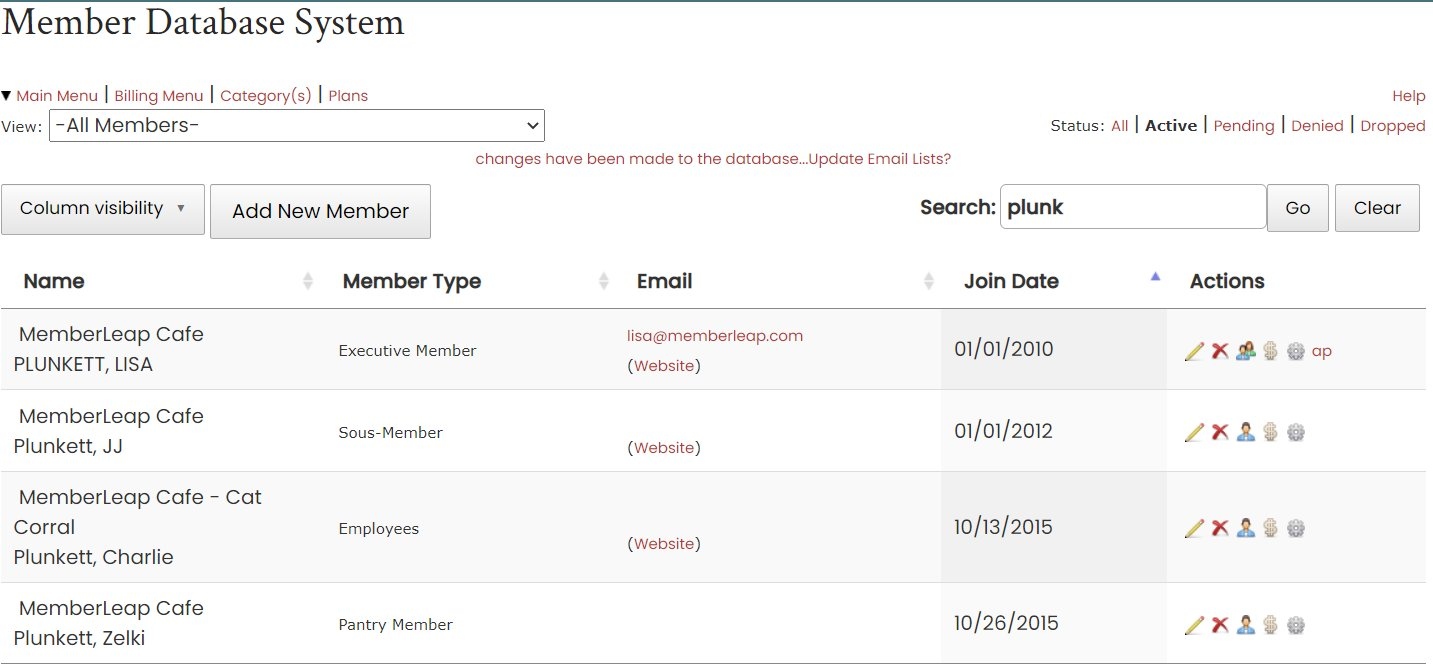 As Web Trochlil of Effective Management Database says, "Use it or lose it." He continues on,
As Web Trochlil of Effective Management Database says, "Use it or lose it." He continues on, 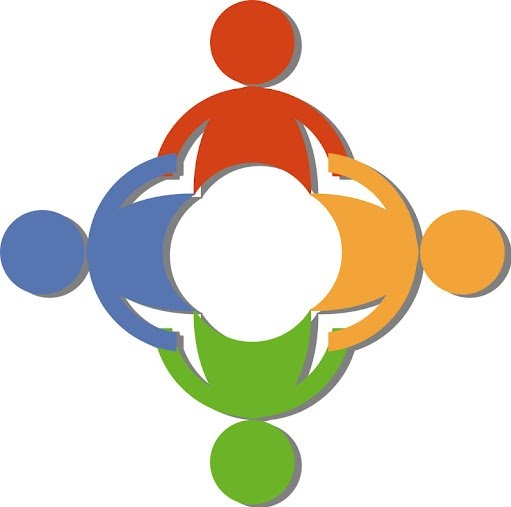 Your board members are critical to the success of your association. Their primary role is to collaborate on decisions that serve the best interest of your association and your members; therefore, communication between them is key. Our committee management feature offers simple tools to successfully accomplish this - broadcast email messages, surveys, and document library.
Your board members are critical to the success of your association. Their primary role is to collaborate on decisions that serve the best interest of your association and your members; therefore, communication between them is key. Our committee management feature offers simple tools to successfully accomplish this - broadcast email messages, surveys, and document library.
Before each board meeting, you should create an agenda where you assign different speakers for various topics and estimate how long each topic should be discussed, so you can stay on task. You can send out the agenda in advance using our broadcast email message module as well as uploading it into your board's document library for easy access.
When voting on key issues during a board meeting (whether in person or during a Zoom meeting), you can properly document and standardize your voting process by using our surveys module, which offers a private tool for each board member to vote yea or nay.
After the meeting, you need to send our meeting minutes to remind board members of action items assigned, to be informational for board members who missed the meeting, and to offer a starting point for the next meeting's agenda. While these minutes should be emailed to all board members, they can also be uploaded into the board's document library for reference later.
If your board members can successfully implement these communication tasks, it can help improve the efficiency and effectiveness of your board.
To learn how to prevent communication mistakes, please read the American Society of Association Executives' Prevent Three Common Board Communication Mistakes article.
 The cost of everything (including salaries, printing, and postage) seems to have increased during the pandemic causing a lot of associations, especially smaller ones, to face economic challenges.
The cost of everything (including salaries, printing, and postage) seems to have increased during the pandemic causing a lot of associations, especially smaller ones, to face economic challenges.
 When emailing your members, write an enticing subject line that tells them exactly what they will get out of it when they open it.
When emailing your members, write an enticing subject line that tells them exactly what they will get out of it when they open it.
Then, get to the point using bulleted items, so they can get the information quicker.
Lisa Boylan, a senior editor of Associations Now, shares a Membership Pro Tip on how to make your communications short and sweet.
*Photo credit: (Artur/iStock/Getty Images Plus)
 The task of asking members to renew their membership in your association during a pandemic can be a delicate and tricky thing. Everything is so uncertain right now.
The task of asking members to renew their membership in your association during a pandemic can be a delicate and tricky thing. Everything is so uncertain right now.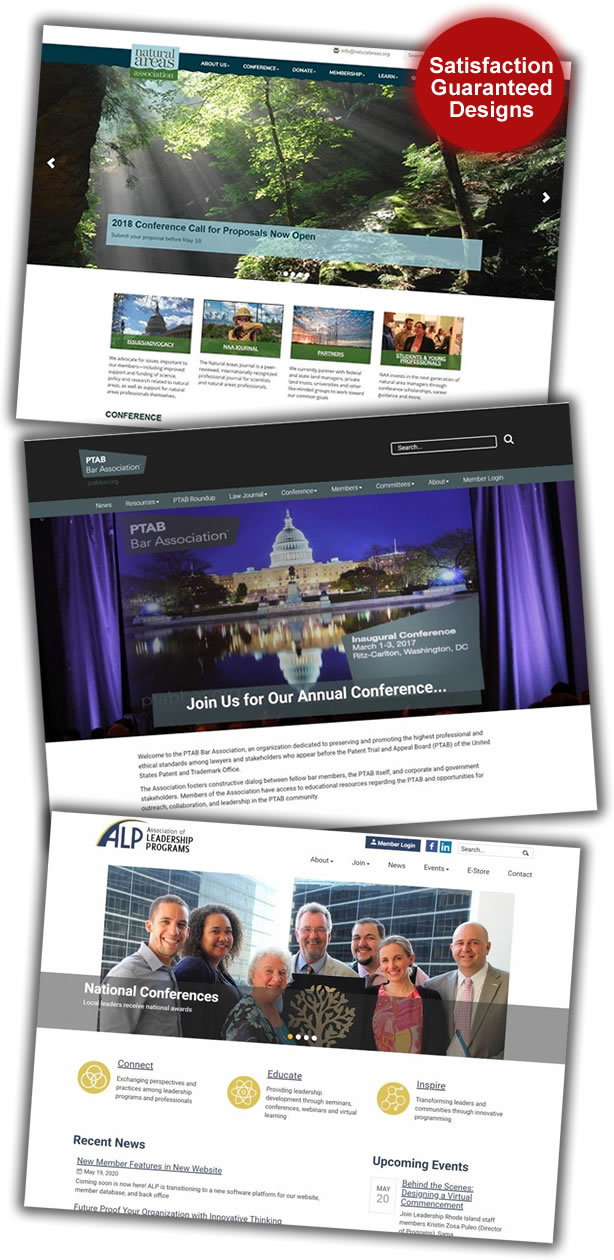 While we are building a website for a new client or a website redesign for a current client, they should both be maximizing their time to conduct a content audit of their current website. Defining their goals, taking inventory of their content, and assessing their content's value is important.
While we are building a website for a new client or a website redesign for a current client, they should both be maximizing their time to conduct a content audit of their current website. Defining their goals, taking inventory of their content, and assessing their content's value is important.
Carrie Hane, coauthor of Designing Connected Content and Association Content Strategies for a Changing World, offers some great tips on how to achieve this.
Then, when it comes time to add content to their new website, they can be strategic about including only the most relevant information for both their current members and prospective members.
After their website goes live, we can perform an advanced SEO analysis to determine if their audit was successful. This analysis will also provide them with a detailed monthly report of their search engine rankings and recommended strategies to improve their results.
 Many years ago, I served on the board of an association, and carried a red folder with slips of paper containing contacting info for prospective members. Each slip of paper would sometimes have multiple other pieces of paper attached and sticky notes with additional info on when the prospect attended an event or when we had contacted them. This was the paper-version of the modern prospect database and CRM system that I later built in the form of MemberLeap, with the aim of providing tools to make membership work easier.
Many years ago, I served on the board of an association, and carried a red folder with slips of paper containing contacting info for prospective members. Each slip of paper would sometimes have multiple other pieces of paper attached and sticky notes with additional info on when the prospect attended an event or when we had contacted them. This was the paper-version of the modern prospect database and CRM system that I later built in the form of MemberLeap, with the aim of providing tools to make membership work easier. y the Bee Gees?
y the Bee Gees?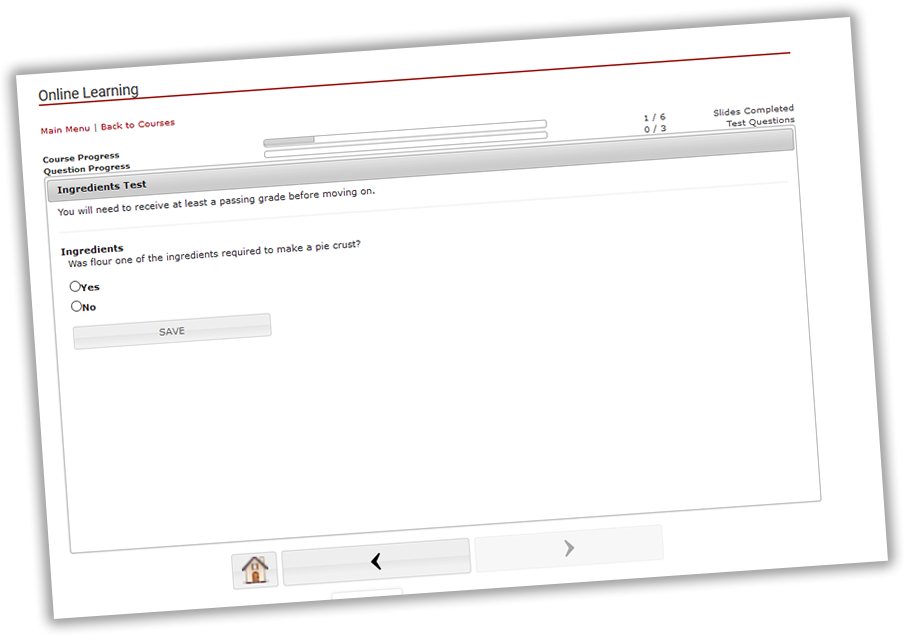 In the face of Covid 19, many associations have sustained significant disruption in revenue due to the cancellation of events (conferences, conventions, and training sessions). Many have made a transition to virtual events, and this has helped those organizations recover a portion of the cash flow.
In the face of Covid 19, many associations have sustained significant disruption in revenue due to the cancellation of events (conferences, conventions, and training sessions). Many have made a transition to virtual events, and this has helped those organizations recover a portion of the cash flow.
One additional possibility that associations might consider is the usage of Online Learning to provide a value-added service to members, and a new source of revenue for the organization. Here at MemberLeap, our product includes a Learning Management System that is designed to allow an association to offer online courses and to monetize them...
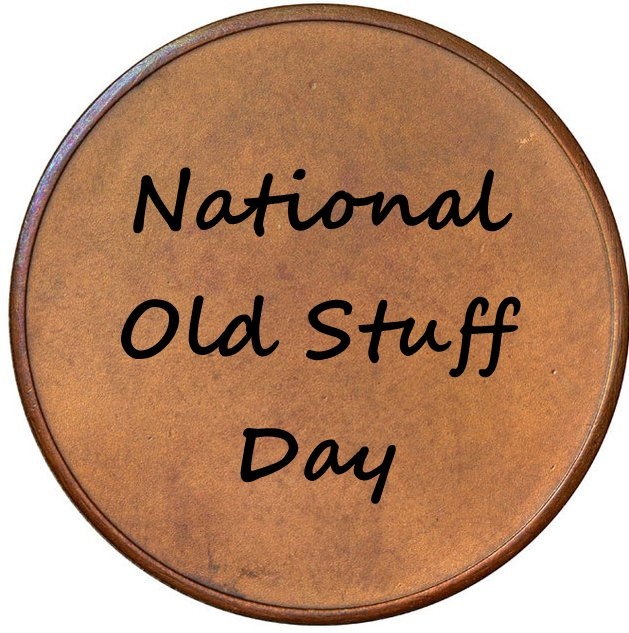 National Old Stuff Day is observed annually on March 2nd and is all about getting rid of the old and trying something new. Today is a great day to considering upgrading from an Excel spreadsheet, Access database, or insufficient association management system to MemberLeap!
National Old Stuff Day is observed annually on March 2nd and is all about getting rid of the old and trying something new. Today is a great day to considering upgrading from an Excel spreadsheet, Access database, or insufficient association management system to MemberLeap! February 3-7 is International Networking Day!
February 3-7 is International Networking Day! 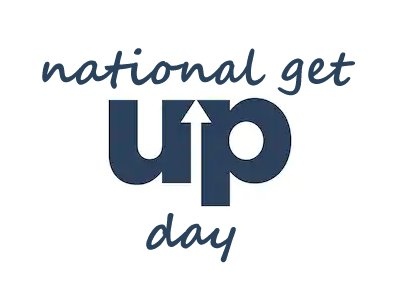
 Your privacy is important to us. To better protect your privacy we provide this notice explaining our online information practices and the choices you can make about the way your information is collected and used.
Your privacy is important to us. To better protect your privacy we provide this notice explaining our online information practices and the choices you can make about the way your information is collected and used.
This notice applies to all information collected or submitted on the Vieth Consulting/MemberLeap website. On some pages, individual members can enter member data, make requests, and register to receive materials or participate in events, and more. The types of personal information collected at these pages are:
On some pages, administrative level users can submit information about other people. For example, if you are editing your organization’s member data, you will need to submit the member's address. In this circumstance, the types of personal information collected are:

January 28 is Data Security Day, and security is of great concern to us and to our clients. At Vieth Consulting/MemberLeap, we work very hard to ensure that your data is protected.
 January 24 is National Compliment Day, and we want to compliment our amazing clients!
January 24 is National Compliment Day, and we want to compliment our amazing clients! One of the ways to prevent your organization’s staff from feeling burnout and potentially leaving is to give them the tools they need to help streamline their day-to-day administrative tasks… in other words, provide them with a powerful association management system like MemberLeap.
One of the ways to prevent your organization’s staff from feeling burnout and potentially leaving is to give them the tools they need to help streamline their day-to-day administrative tasks… in other words, provide them with a powerful association management system like MemberLeap.
Rebecca Hawk suggests the following ways to re-energize your staff in her American Society of Association Executives article called ‘Four Ways to Re-engage Burned Out Staff:’
 In a recent article by Wes Trochlil of Effective Database Management, he points out that “Every organization should have some type of data management schedule”. Mr. Trochlil inspired this post and we thank him for his inspiration and knowledge!
In a recent article by Wes Trochlil of Effective Database Management, he points out that “Every organization should have some type of data management schedule”. Mr. Trochlil inspired this post and we thank him for his inspiration and knowledge!